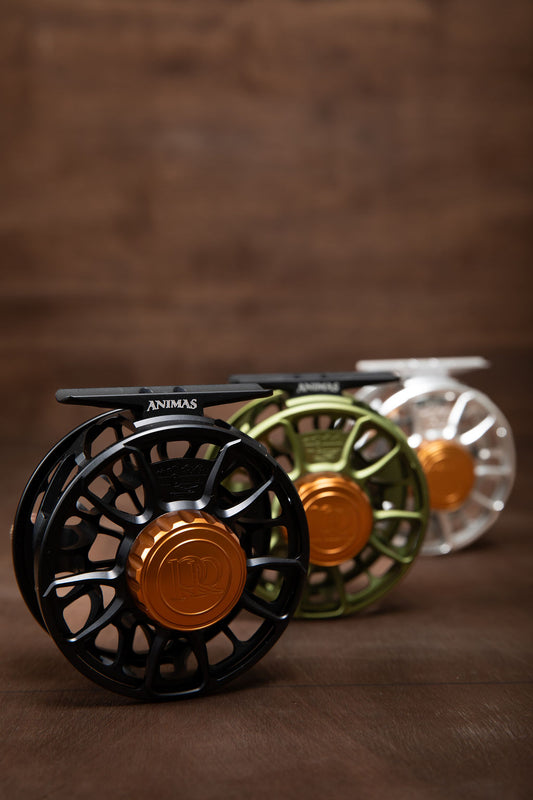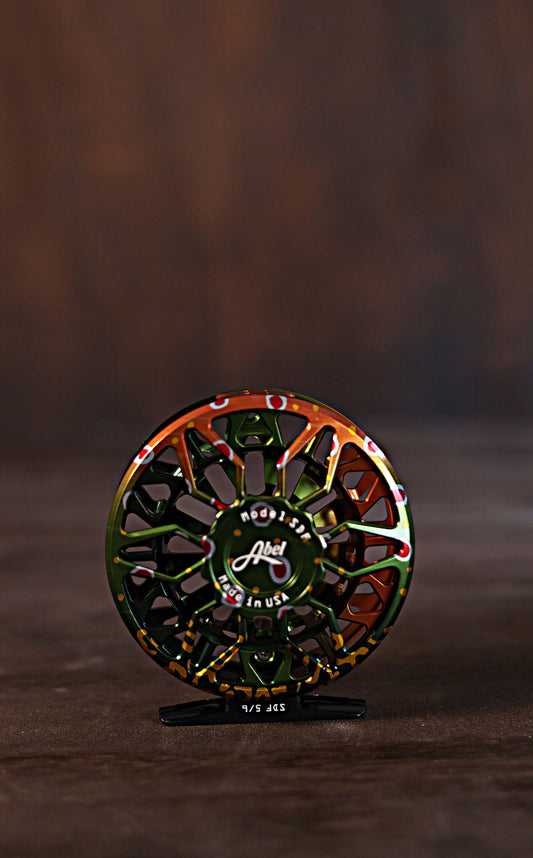The Convertible Utility Pack is a super-versatile bag designed to adapt to how you want to use it. It can be worn as a traditional hip pack, used as a sling, or converted into a chest pack. When you’re not wearing it, attach it to a backpack for additional storage or even mount it to the frame of a boat to better organize your gear.
Inside, the large main compartment has room for the essentials—fly boxes, snacks, and an extra layer—as well as a pair of interior mesh pockets, a large clear pocket, and two additional compartments for stashing your phone, fishing license, and smaller accessories.
Features:
- Pass-through, removable belt allows the pack to slide freely around your hip or torso
- External mesh zipper pocket
- External easy-access pocket with velcro closure
- Large internal compartment with 4 individual pockets for organization
- Several webbing tabs and loops for connecting forceps, nippers, and other accessories
- Tippet Holder with tippet adapter
- Removable shoulder strap
- Designed, tested, and made in Colorado
Weight: 14 oz
Dimensions: 10.25" x 7" x 3.75"
Materials: X-Pac, Yakoda River Pro™—500 denier, polyurethane-coated DWR fabric




























































































